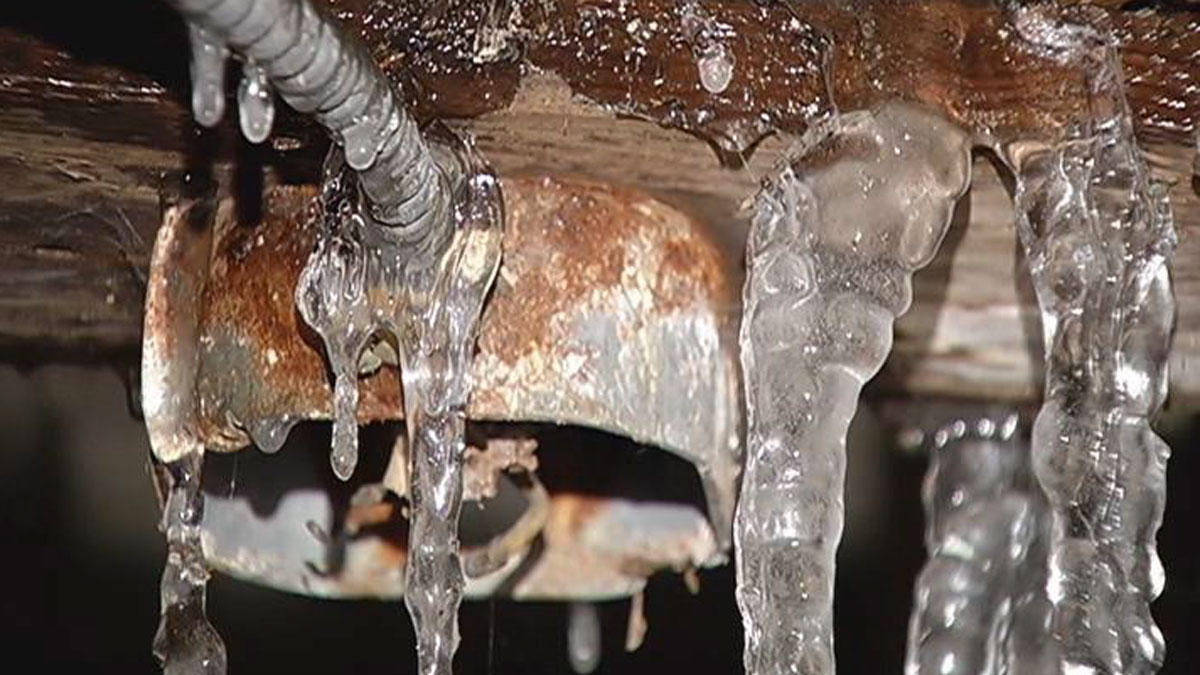The writer is making several good observations regarding How to Prevent Your Pipes From Freezing in general in this great article underneath.

Cold weather can wreak havoc on your pipes, specifically by freezing pipelines. Right here's how to prevent it from taking place and what to do if it does.
Introduction
As temperatures decrease, the danger of icy pipelines boosts, possibly bring about pricey repairs and water damage. Understanding how to prevent icy pipes is important for house owners in chilly climates.
Understanding Icy Pipelines
What triggers pipes to ice up?
Pipes freeze when revealed to temperatures below 32 ° F (0 ° C) for prolonged durations. As water inside the pipes ices up, it expands, taxing the pipe walls and possibly creating them to break.
Risks and problems
Frozen pipelines can result in water system disruptions, residential property damage, and costly repair services. Burst pipelines can flooding homes and cause comprehensive architectural damages.
Indications of Frozen Piping
Identifying frozen pipes early can stop them from rupturing.
Exactly how to identify icy pipes
Seek lowered water circulation from faucets, unusual smells or sounds from pipes, and noticeable frost on subjected pipes.
Avoidance Tips
Insulating prone pipes
Cover pipelines in insulation sleeves or use warmth tape to protect them from freezing temperatures. Concentrate on pipelines in unheated or exterior areas of the home.
Heating methods
Maintain indoor rooms adequately heated, especially areas with plumbing. Open closet doors to permit cozy air to flow around pipelines under sinks.
Protecting Outdoor Pipes
Yard tubes and exterior faucets
Separate and drain pipes yard pipes before winter season. Install frost-proof spigots or cover exterior faucets with protected caps.
What to Do If Your Pipes Freeze
Immediate actions to take
If you think icy pipelines, maintain taps available to ease stress as the ice melts. Use a hairdryer or towels taken in warm water to thaw pipes slowly.
Long-Term Solutions
Architectural changes
Consider rerouting pipes far from outside walls or unheated areas. Include extra insulation to attics, basements, and crawl spaces.
Updating insulation
Buy high-grade insulation for pipes, attics, and wall surfaces. Proper insulation assists maintain regular temperatures and minimizes the danger of frozen pipes.
Verdict
Protecting against icy pipes requires proactive actions and fast feedbacks. By comprehending the causes, indications, and safety nets, home owners can shield their pipes throughout winter.
5 Ways to Prevent Frozen Pipes
Drain Outdoor Faucets and Disconnect Hoses
First, close the shut-off valve that controls the flow of water in the pipe to your outdoor faucet. Then, head outside to disconnect and drain your hose and open the outdoor faucet to allow the water to completely drain out of the line. Turn off the faucet when done. Finally, head back to the shut-off valve and drain the remaining water inside the pipe into a bucket or container. Additionally, if you have a home irrigation system, you should consider hiring an expert to clear the system of water each year.
Insulate Pipes
One of the best and most cost-effective methods for preventing frozen water pipes is to wrap your pipes with insulation. This is especially important for areas in your home that aren’t exposed to heat, such as an attic. We suggest using foam sleeves, which can typically be found at your local hardware store.
Keep Heat Running at 65
Your pipes are located inside your walls, and the temperature there is much colder than the rest of the house. To prevent your pipes from freezing, The Insurance Information Institute suggests that you keep your home heated to at least 65 degrees, even when traveling. You may want to invest in smart devices that can keep an eye on the temperature in your home while you’re away.
Leave Water Dripping
Moving water — even a small trickle — can prevent ice from forming inside your pipes. When freezing temps are imminent, start a drip of water from all faucets that serve exposed pipes. Leaving a few faucets running will also help relieve pressure inside the pipes and help prevent a rupture if the water inside freezes.
Open Cupboard Doors
Warm your kitchen and bathroom pipes by opening cupboards and vanities. You should also leave your interior doors ajar to help warm air circulate evenly throughout your home.

I am very excited about Winter Plumbing Precautions: Preventing Frozen Pipes and I'm hoping you appreciated our entry. Sharing is caring. Helping people is fun. We cherish your readership.
Information